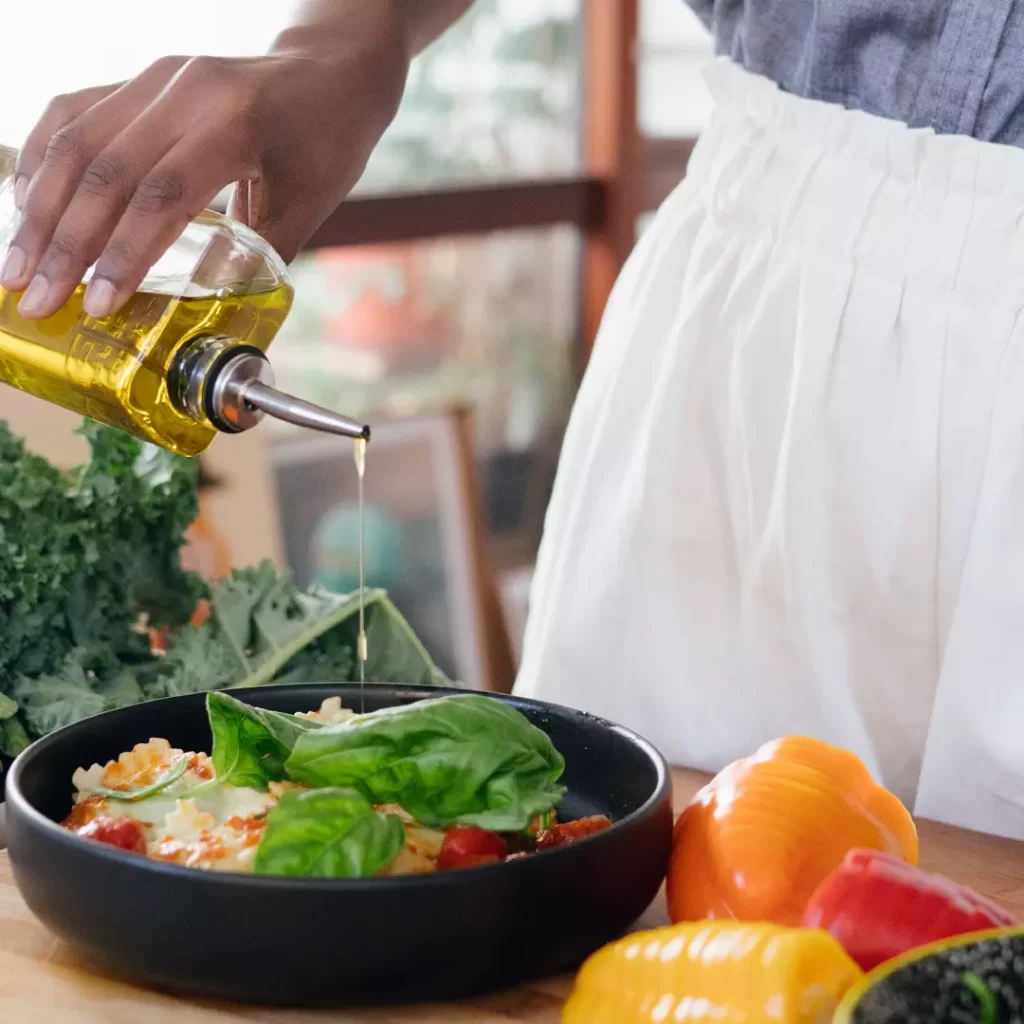Valache Birde is a classic Maharashtrian curry having different variations across the state. This wholesome gravy made from sprouted field beans is a staple not just during festivals but also in simple everyday meals. Requiring a bit of prep, it is a tad laborious but trust us it is worth the effort!! Pairs well with hot steamed rice or millet based bhakris or wholewheat chappatis
Ingredients
- Sprouted & peeled Val beans (Birde) – around 2 cups (from 1 cup of dried Val beans)
- Dry coconut scraped or grated – ½ cup
- Onion chopped – 1 medium for the paste and 1 small for tempering
- Garlic – 5 to 6 cloves
- Cumin seeds – ½ tsp
- Turmeric powder – ½ tsp
- Mustard seeds – ½ tsp
- Asafoetida (Hing) – ½ tsp
- Sunday Special Masala – 4 to 5 tsp (or as per your taste buds if you like it spicy)
- Kokam petals – 3 to 4 or Tamarind pulp – 1 tsp
- Salt – as per taste
- Oil – 4 to 5 tbsp
- Fresh coriander – 2 tbsp (for garnishing)
Directions
- Saute onion, dry coconut, cumin seeds, garlic in little oil. Fry it until the mix turns golden brown. Let it cool down and grind this mixture into a fine paste
- Wash the Val beans and drain
- Heat oil in a Kadai or pan, add mustard seeds for tempering. When mustard seeds are popping, add onion. Saute till pinkish.
- Add hing, turmeric powder and our Sunday Special Masala. Saute for a few seconds.
- Add val beans and saute for a while and add water. Mix well and cover the kadai with a plate with some water in the plate. Cook for 5 minutes on low heat.
- Add the coconut paste and salt. Add some water (adjust consistency of curry as per personal choice)
- Mix well but gently, you want to keep the sprouts intact. Cook for 20-25 mins on low heat or till the beans become tender (not too soft as you would want to retain the shape of the beans). Stir occasionally with soft hands. Check in between by pressing one with fingers.
- Add kokam petals or tamarind pulp and water if needed. Cook for 5 mins on low heat.
- Garnish with coriander. Serve hot with chapatti or bhakari or rice
Tips
- Val kernels are very delicate so handle and mix with soft hands or else they will break
- Do not overcook as the val kernels need to stay whole or the dish will not taste the same
- You may also add potato to the curry

 Cart is empty
Cart is empty 